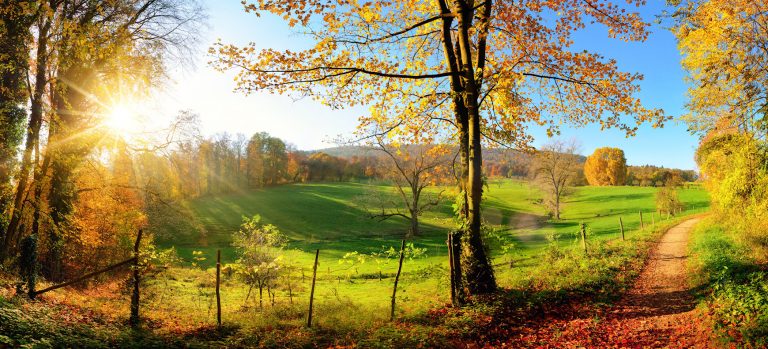
The camping headlamp, with its muted red glow, was originally purchased as an accessory designed to repel light-attracted mosquitoes during care-free family summer vacations in the mountains or the beach. But on this excruciating night, it was employed to illuminate the pages of a thick, historical, snooze-inducing biography in a desperate attempt to distract, and perhaps bore myself past my anxiety driven insomnia into the sweet Elysian Fields of sleep. After two hours immersed in the gawdawful tedium of Harry Truman’s great, great grandparents’ family tree (as in “… Jedidiah begat Jehoshaphat…and Jehoshaphat begat Naomi… etc.…), I switched strategies. At two-thirty, I took my sorry insomniac self downstairs reasoning, “Maybe a beautiful nature video or majestic space documentary could gently lull me to sleep?” Alas, each video hit my nervous system like two cups of Starbucks. The fatherly voice of Richard Attenborough gently narrated the unfolding story of the immanent destruction of our species resulting from climate change, or a stray asteroid. I greeted the morning with bloodshot eyes and the knowledge that my full workday of listening and empathizing with counseling clients would take place without a wink of sleep.
That’s not where my pandemic journey with anxiety began, but after two months of living with the microscopic asteroid of COVID-19 that hit our planet, and all that came with it, that’s where it delivered me last May. Here we are a year later, at a very different place. It seems that our journey around the dark side of the moon is delivering us back out into the light. And yet…and yet…for so many of us, the effects of living through a once-in-a-hundred-year pandemic have not evaporated. A recent Kaiser Family Foundation study found that during the pandemic the rates of anxiety and depression in our culture rose from a normal 1 in 10 of us to 4 in 10 (Home//Coronavirus (COVID-19)//The Implications of COVID-19 for Mental Health and Substance Use. Feb 10, 2021). What are some of the artifacts of your trip around the dark side of the moon that still stick with you?
In my line of work, I have been hearing stories that may not necessarily rise to anything clinically diagnosable, but are nonetheless worthy of attention. Many (including me) describe work performance levels that, annoyingly, have not quite returned to normal just yet. Often that brings with it a certain amount of shame. For others, the background throb of anxiety still remains. Pesky worries percolate just below the surface, while at a meta-level there is a shaming voice saying, “I know better than to worry about this, or think that! This is stupid!” The net effect? More anxiety. For others, concentration levels are still compromised. For many, disconnection from social circles has taken a profound toll. A large, perhaps underreported portion of us, have enjoyed a more quiet, disconnected life. The thought of having to “get back out there” is not necessarily a welcomed one for them.
What is your experience? What of this pandemic still remains with you at an emotional, relational, or spiritual level. What are you doing with that? In his recent book, Unwinding Anxiety (2021. New York: Penguin/Random House), Judson Brewer invited the reader to examine the experience of anxiety through the lens of habit formation. With that provocative framework in mind, what are some anxious habits that the pandemic may have reinforced, or introduced in your life? What have you been doing to reduce or break these habits.
My problem wasn’t really doom scrolling. Somewhere around last January, I noticed myself hopscotching around reputable newspapers’ op. ed. sections. In retrospect, I can see that it was my central nervous system’s frenzied attempt to locate information that could set my mind to rest. Brewer’s research (2021) predicted this pattern. Fueled by fight or flight hormones, the mind frantically looks for solutions that, at a biological level, could provide a blessed dopamine release, or at a psychological level: meaning, and a return to balance. What I noticed, however, was that at the level of my body’s physiology, I would feel my heart rate increase, along with the iron butterfly wings beating in my chest and stomach (not the fun excited kind). Attentive to that physiology over several months (that inevitably led to my sleepless nights, and more), I eventually conducted a news fast starting last January. As I gingerly return to some of my news sources, I am amazed at how frequently I am invited into needless speculation, pointless worry, and fretting about things over which I have no control. When I am tempted to go back to my old ways, I consciously pull up the sensory memory of that unwanted feeling in my body, and I ask myself, is this news story useful to me in any way?
Whether your anxiety habit started with COVID-19, or predated it, would you consider paying more attention to your physiology as you engage your life? See if you can detect the first footfalls of anxiety in your belly, or chest, or shoulders. Ask yourself, “When did that start?” “When did it get bigger?” Over time, notice the patterns. Mull all of this over with wise friends, or someone in my profession. See if you can identify tiny experiments to go about your business slightly differently. Evaluate the data, tweak the experiment, and do it again. Above all, do not rely on your will power to break your anxiety habit. Instead, form a supportive structure around your new desired behavior.
During this Easter/Passover/Ramadan season, could you attempt to diminish the use of anxiety as a motivating force in your life? Could this be the time to locate, and consciously develop the voice of a wise, firm, yet compassionate inner shepherd to guide you?
